How to Write Chinese Characters (Quick Start Guide)
I`ve been a Chinese teacher for a long time and I’m frequently asked about writing Chinese characters. This article will summarize my thoughts on this issue which I hope will help all Chinese character learners. Here are the top two questions I get about how to write Chinese characters:
Q1: “Jing, do I really need to learn how to write in Chinese?”
Because of technology, nowadays more and more people tend to just learn Pinyin and then type Chinese characters instead of writing them down. It indeed seems more convenient and easier. However, for a Chinese learner, writing can help you remember the characters more accurately and systematically. If you just type on a computer of a cellphone, you might go through a period when you will suddenly stop using Chinese, then it becomes so easy to forget the words because many characters are just too similar. With actual writing, your muscle memory will help you remember and master these characters much longer because they become a part of your brain. Besides, writing is also a part of understanding Chinese culture. So, my answer is YES, I recommend that you learn how to write in Chinese.
Q2: “Do you have any suggestions on how to write Chinese characters?”
Answering this question is not that simple, so I`ll use the rest of this article to give my best thoughts about this.
1. A basic introduction of Chinese characters
Chinese characters are relatively independent from the phonetic system. There are about 80,000 characters in total and about 6,500 which are used daily. Each character has its own pronunciation, though many of them share the same pinyin syllables. The large number may make many beginners feel scared and overwhelmed. Actually, after knowing the principle of making characters and the rules behind it, mastering the writing of characters should be quite easy. It`s like a “one formula fits all” method.
Traditional or Simplified characters?
We all know that there are two versions of Chinese characters in us nowadays: traditional Chinese characters (繁体字)and simplified Chinese characters (简体字). The traditional version is mainly used in Hongkong, Taiwan, Singapore, and a several other places. The simplified version is mainly used in mainland China. No matter which version you choose to learn, the rules of writing are the same. So, in learning how to write, the version you wish to learn doesn’t really matter.
2. Character formation
Obviously, such a large number of characters cannot be made randomly. Following certain rules, these characters which have grown over thousands of years are still very dynamic.
The formation of characters seems just like a “LEGO” game! There are many small components, and you just need to put the small components together and give them order. Each of the components are made of smaller strokes.
Strokes
The strokes of Chinese characters refer to one uninterrupted dot or line, such as “一”(横)、“丨”(竖)、 “丿”(撇)、“丶”(点)、“乛”(折), etc. A stroke is the smallest component of a character. There are 8 traditional fundamental strokes, which are “丶”(点)、“一”(横)、“丨”(竖)、 “丿”(撇)、 “乀” (捺)、 “㇀”(提)、 “乛” (折) and “亅” (钩).It`s also called “’永’字八法” (yǒngzìbāfǎ). The character “永” basically represents the common stroke types of the Chinese character system.
The modern modular strokes are regulated as the 5 one’s, “一”(横)、“丨”(竖)、 “丿”(撇)、“丶”(点)and“乛” (折), and they are called “’札’字法” (zházìfǎ). It`s a simpler version of “’永’字八法”.
Radicals
Radicals in Chinese characters are called 部首[bùshǒu]. They are used to classify the character patterns which are commonly used in Chinese dictionaries. There are mainly two types of radicals depending on their different functions and properties. One is based on the principles of the six categories of Chinese characters (which we will illustrate more in the content that follows), and the other is based on the shapes of the structures.
Once you understand the relations among strokes, radicals, and characters, writing characters becomes a piece of cake. Moreover, you can not only imitate drawing the shapes, but also understand the underlying rules and reasons behind the characters. Of course, practicing with understanding would be a much better way than mechanical imitation.
Let`s take “女” as an example. “女” is not only a independent character which means female, but it is also a radical which can be combined with other Chinese components and indicates some certain meanings. As the following picture shows, “妈”“姐”“妹” are all females, thus they share the same radical while the right sides are diversified because of the phonetics.
The categories of Chinese characters
There are six main categories of Chinese characters: Pictographs (象形字), Pictophonetic characters (形声字), Simple ideograms(指示字), Compound ideographs (会意字), Phonetic loan characters (假借字), and Derivative cognates (转注字). Here, I will introduce the four commonly used categories:
1). Pictographs (象形字)
These are stylised drawings of the objects they represent. Many Chinese learners feel that they are “drawing” Chinese characters, and in this case, they are! Most of the single characters and radicals are from this category.
2) Pictophonetic characters (形声字)
They are also called radical-phonetic characters. Over 70% of Chinese characters were created by this method. There are mainly two components: the phonetic component and the semantic component. The “女” radical we mentioned before is a typical example of this category.
e.g.
女 à the meaning part (also the radical), “female”
“妈”“姐”“妹” à“马” “且” “未” indicate the phonetic part.
3) Simple ideograms(指示字)
These express an abstract idea through an iconic form. For example, the numbers in Chinese, “一” “二” “三”, are represented by the appropriate number of strokes which means “one” “two” “three”.
4) Compound ideographs (会意字)
These are the combination of two or more pictographic characters to suggest the meaning of the character to be represented.
e.g.
木(mù) à wood
林(lín) à woods (two 木)
森(sēn) à forest (three 木)
3. The Basic Writing Order
Stroke order really matters if you want to learn writing characters. Using the wrong stroke order or direction would cause the ink to fall differently on the page. The Chinese stroke order system was designed to produce the most aesthetical, symmetrical, and balanced characters on a piece of paper. Furthermore, it was also designed to be efficient – creating the most strokes with the least amount of hand movement across the page. Here, I`ll quote the rules that Sara once wrote in the article Why Chinese Stroke Order is Important and How to Master it at DigMandarin to show you the proper stroke orders.
Here are some tips on mastering stroke order.
1). 从上到下Top to bottom
When a Chinese character is “stacked” vertically, like the character 立 (lì) which means to stand, the rule is to write from top to bottom.
2). 从左到右Left to right
When a Chinese character has a radical, the character is written left to right. The same rule applies to characters that are stacked horizontally.
3). 先中间后两边Symmetry counts
When you are writing a character that is centered and more or less symmetrical (but not stacked from top to bottom) the general rule is to write the center stroke first.
4). 先横后竖Horizontal first, vertical second
Horizontal strokes are always written before vertical strokes. Here is how to write the character “十(shí)” or “ten.”
5). Enclosures before content
You want to create the frame of the character before you fill it in. Check out how to write the character 日(rì) or “sun.”
6). Close frames last
Make a frame then fill in some of the components inside. After you write the middle strokes, close the frame, such as in the character “回(huí)” or “to return.”
7). Character spanning strokes are last
For strokes that cut across many other strokes, they are often written last. For example, the character 半 (bàn), which means “half.” The vertical line is written last.
There are always small exceptions to the rule, and Chinese stroke order can vary slightly from region to region. However, these variations are very miniscule; so by following these general tips, you’ll have an astute grasp on Chinese character`s writing order.
From strokes to characters, this is the way Chinese characters are formed. And it should also be the way you learn to write them. Writing is not the final goal, but understanding and using them correctly. Following the order of the writing will help you remember the characters better.
Related Course: Essential Courses – Pinyin, Characters, Grammar and more
So, I hope you like this guide to learning how to write Chinese characters! get your pen and let`s start writing!

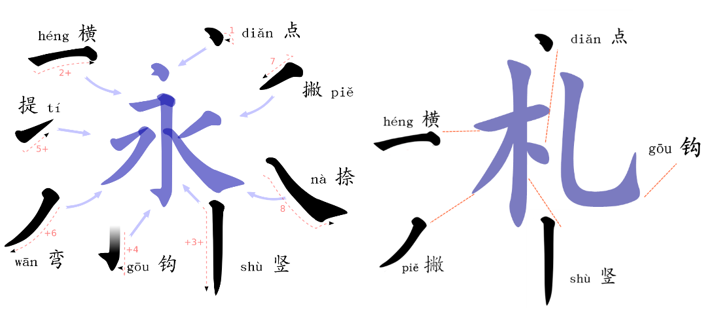
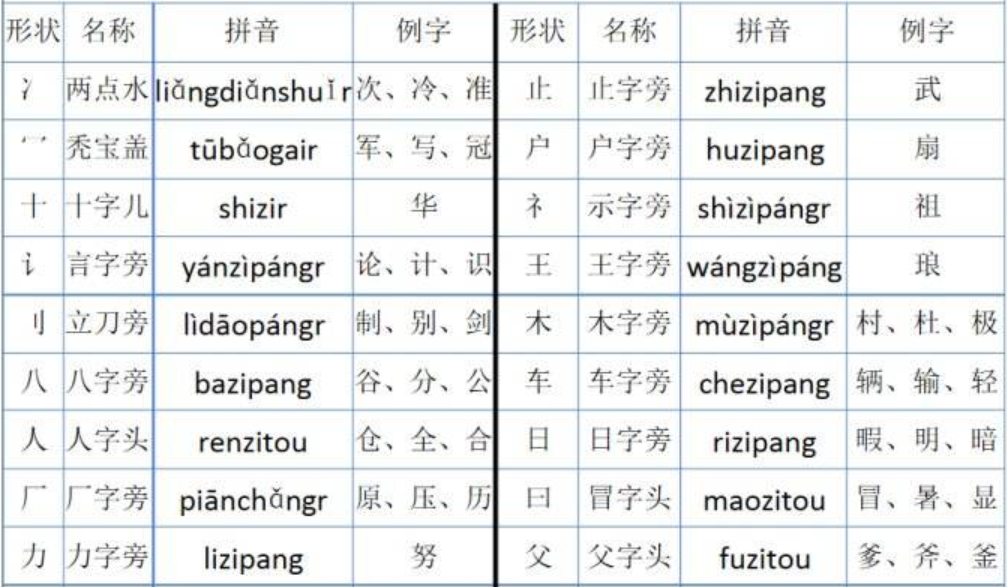
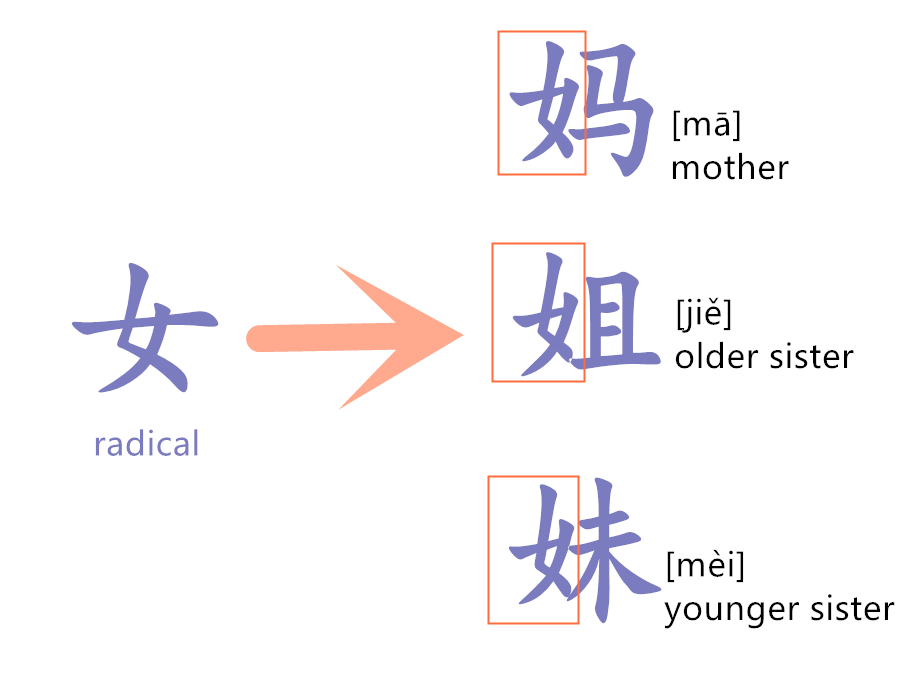
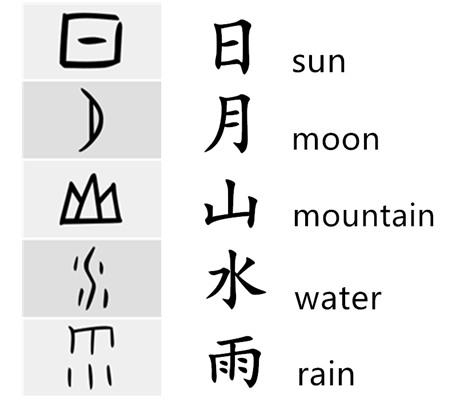










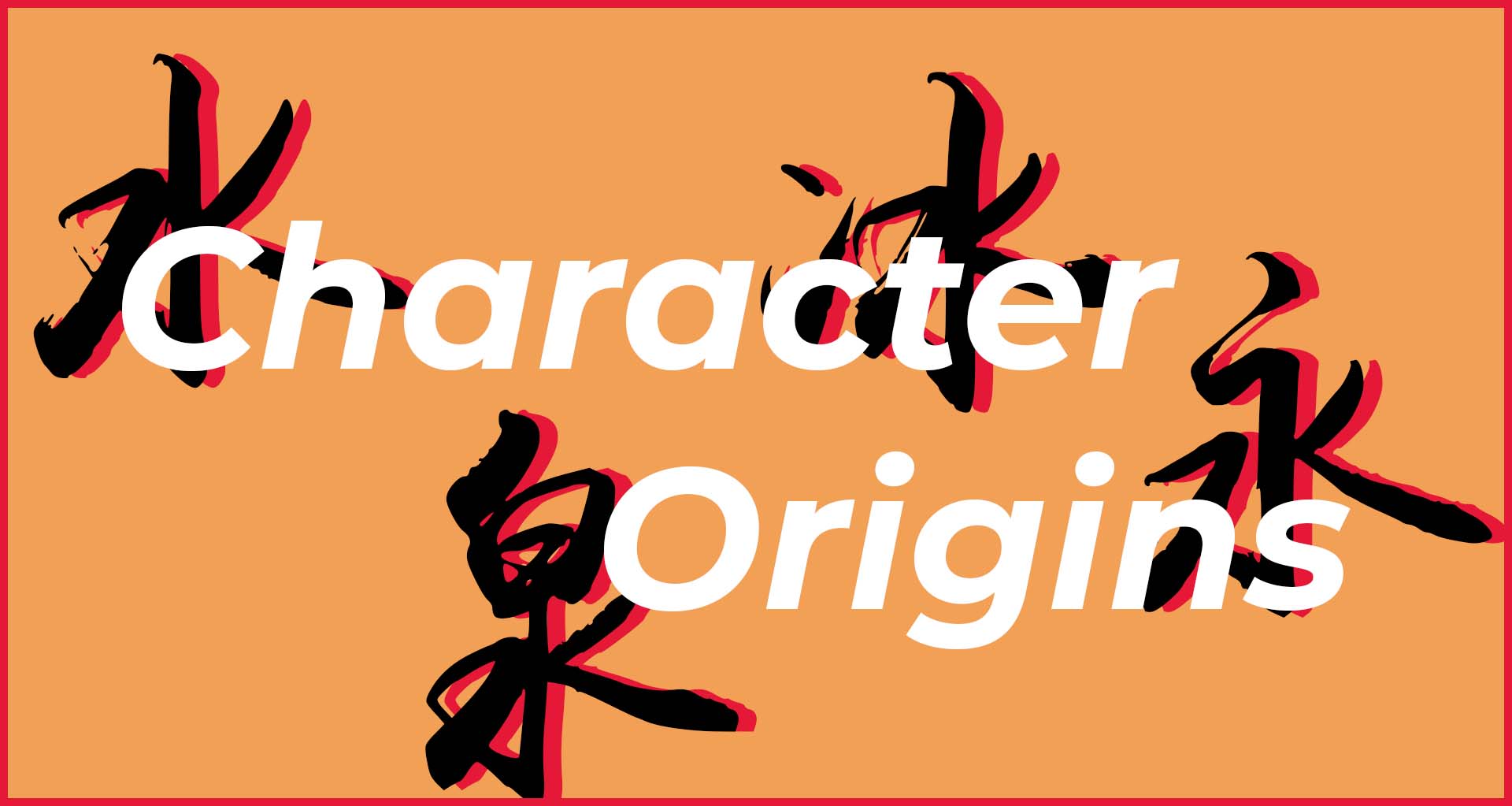
Interested
Want to learn Chinese character properly
i want to learn chinese properly
i really like this but i need more
Officially, Singapore uses simplified characters, not traditional. Same in Malaysia.
I am interested in learning how to write, read and speak Mandarin.
Same, I would also like more of listening, writting, and reading.
Thank you from a student from Barcelona 😊
Very nice to learn
i’d love to come to China but its 2020 =(
I’m interested in knowing Chinese. It’s now in Kenya school curriculum
Singapore also uses the simplified Chinese characters
well ni hao although i am not good at chinese but i prefer to learn from here espically writing so qing help me with that ope u understand
Nì has I really want to learn chinese ,writing mandarin ,characters
Hi,
Its impressive and very nice way to introduce and teach basic of Chinese language.
Thank you so much a student form Pakistan.
Hi ,u have Great Effort to Teach Chinese . I Appriciate it .
I have really learnt alot from this website and thanks for the app recommendations.
I am a student learning Chinese language in Uganda.
I’d like to spend some time practising writing Chinese characters, but I don’t have the motivation to buy the materials or hold the pen to write.
Thank you for this guide! I really learned from this website a lot. Mandarin is a very hard language to learn but this blog is making it a bit easier.
i like mandarin the fruit